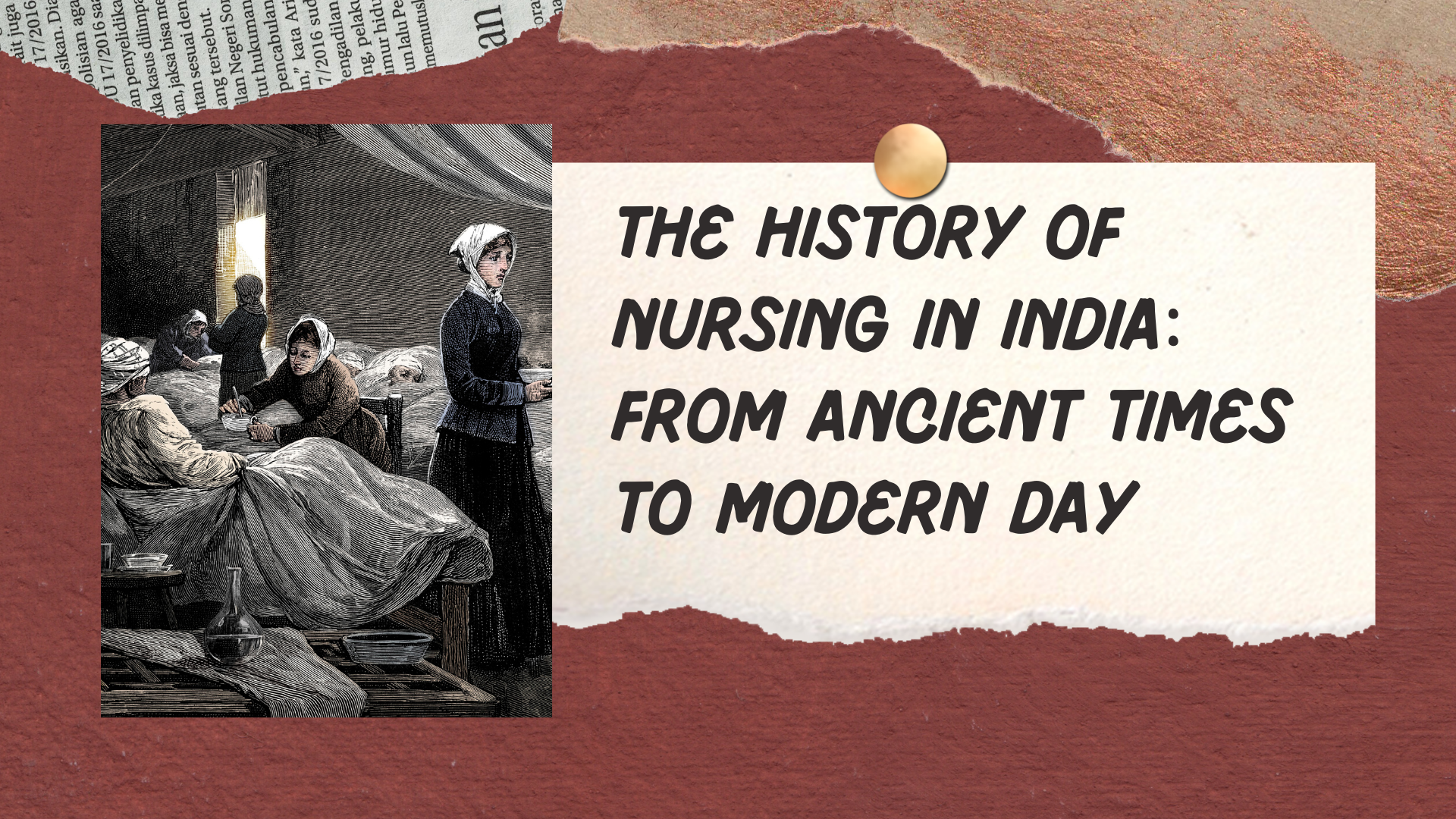The Future of Nursing and Biohacking in Patient Care: Biohacking is redefining the boundaries of healthcare by combining biology, technology, and lifestyle modification to optimize human performance. In parallel, nurses are evolving from traditional care roles into dynamic professionals who integrate cutting-edge digital tools and personalized wellness strategies into everyday practice. In this new paradigm, patient care becomes more proactive, data‑driven, and centered on both clinical excellence and holistic wellness. This article explores current trends, evolving roles, challenges, and future prospects at the intersection of nursing and biohacking.
Thank you for reading this post, don't forget to subscribe!
Introduction
Advances in digital health and emerging biotechnologies have introduced a revolutionary approach to patient care. Nurses—once only the caregivers at the bedside—are now pioneering innovative practices by employing biohacking techniques. These practices involve nontraditional interventions like personalized nutrition, continuous monitoring via wearable devices, and targeted methods aimed at enhancing both cognitive and physical functions. As the healthcare system shifts from reactive to proactive models, the future of nursing will depend on integrating these novel approaches to deliver customized, precision-based care.


Understanding Biohacking in Nursing
Definition and Scope
Biohacking is the application of scientific tools and self-experimentation to improve physical and cognitive performance. In nursing, it encompasses:
- Lifestyle Optimization: Employing strategies such as intermittent fasting, ketogenic diets, and mindfulness to enhance overall health.
- Technological Integration: Utilizing wearable devices and remote sensors to collect real-time physiological data.
- Data-Driven Decision Making: Applying genetic and metabolic insights to tailor therapeutic interventions.
This holistic approach empowers both patients and care providers to “hack” the body’s natural processes to achieve better health outcomes.
Historical Context
The practice of optimizing health through lifestyle changes has ancient roots. Today, biohacking has evolved to include a vast spectrum of innovations—from simple dietary adjustments to advanced neurofeedback techniques and genetic analysis. Early adopters of wellness trends have paved the way for these practices to gain acceptance and integration within clinical settings, bridging the gap between personal health optimization and professional medical care.
Transforming Patient Care Through Biohacking
Personalized Interventions
By gathering detailed patient information via wearable technologies and digital monitoring devices, nurses can design individualized care plans that are highly tailored. For instance:
- Nutrition: Integrating genetic and metabolic profiles to develop dietary plans that lower inflammation and boost energy.
- Exercise: Customizing physical rehabilitation and preventive training programs based on continuous biometric data.
- Early Diagnostics: Utilizing biohacking tools to detect early signs of chronic diseases, such as diabetes and cardiovascular disorders, thereby enabling timely interventions.
Enhancing Patient Engagement
Biohacking empowers patients by giving them insights into their own health. Nurses can leverage digital platforms to explain biometric trends, guide lifestyle modifications, and foster active participation in health decisions. This collaborative approach builds trust and positions patients as informed partners in their healthcare journey.
Advanced Monitoring and Data Analytics
Connected health devices and AI-powered analytics enable nurses to monitor patient vitals in real time. These systems quickly analyze patterns, alert healthcare teams to subtle changes, and facilitate early intervention to prevent complications. Continuous refinement of treatment protocols based on ongoing data analysis helps drive better long-term outcomes.
The Evolving Role of Nurses in Biohacking
Clinical Integration and Assessment
Nurses are now at the forefront of incorporating biohacking techniques into everyday care by:
- Conducting Comprehensive Assessments: Integrating genetic, metabolic, and lifestyle evaluations into routine examinations.
- Data Collection: Using wearable and remote monitoring devices to continuously obtain patient data.
- Collaborative Care: Working in interdisciplinary teams with dietitians, genetic counselors, and IT professionals to interpret data and adjust care plans.
Patient Education and Advocacy
As educators and advocates, nurses play a critical role in explaining complex scientific concepts in accessible language:
- Simplifying Technology: Helping patients understand how data from wearables can guide lifestyle changes.
- Supporting Informed Decisions: Guiding individuals through various biohacking interventions that might improve their health.
- Ethical Advocacy: Ensuring that emerging biohacking tools are used responsibly and equitably.
Professional Development and Leadership
Continual learning is key as technology rapidly advances:
- Education: Enrolling in specialized training programs in digital health, genomics, and bioinformatics.
- Leadership: Steering initiatives that design and implement biohacking protocols and ethical guidelines.
- Research Contribution: Engaging in clinical research that evaluates the safety and efficacy of biohacking interventions.
Ethical and Regulatory Considerations
With increased integration of biohacking practices, ethical vigilance is essential:
- Informed Consent: Clearly outlining the benefits and risks of new biohacking interventions.
- Data Privacy: Protecting sensitive patient information gathered by digital health devices.
- Equity: Ensuring that advanced interventions remain accessible to all patients regardless of socioeconomic status.
Challenges to Integration
Technological Barriers
- Data Complexity: The vast amounts of patient data require advanced analytical tools and robust digital literacy.
- System Interoperability: Integrating new data streams from wearable devices into existing electronic health records poses significant challenges.
Educational Gaps
- Skill Development: Many practicing nurses have not received formal training in genomics or digital health technologies.
- Ongoing Training: Constant technological evolution necessitates continuous professional development, which can be resource-intensive.
Ethical, Legal, and Social Concerns
- Privacy and Security: Increased use of digital tools raises risks of data breaches and cyber threats.
- Informed Consent: Ensuring patients fully understand emerging biohacking therapies is critical.
- Access and Equity: There is a risk that only affluent patients might have access to advanced biohacking therapies, exacerbating existing disparities.
Strategies for Successful Integration
Enhancing Education and Training
- Curriculum Updates: Incorporate biohacking, genomics, and digital health into nursing education.
- Professional Certifications: Offer continuing education courses and certifications in emerging health technologies.
Fostering Interdisciplinary Collaboration
- Team-Based Approaches: Build multidisciplinary teams that include healthcare professionals, IT experts, and genetic counselors.
- Collaborative Research: Promote studies that evaluate the effectiveness and safety of biohacking-based interventions.
Promoting Ethical Practices and Policy Development
- Ethical Standards: Develop clear guidelines for using biohacking tools in patient care.
- Regulatory Advocacy: Participate in policy discussions to ensure strong data protection and equitable access to advanced therapies.
Investing in User-Friendly Technologies
- Simplified Digital Platforms: Choose intuitive and integrated systems that work seamlessly with existing healthcare infrastructure.
- Pilot Projects: Implement small-scale pilots to gather feedback and refine technologies before broader rollout.
The Future of Nursing in a Biohacked World
As biohacking continues to evolve, nurses will be pivotal in transitioning from reactive care to proactive, personalized healthcare. Future advancements may include:
- Enhanced Wearables: Next-generation sensors that offer more precise, noninvasive monitoring of various biomarkers.
- AI-Driven Insights: Greater use of artificial intelligence to predict health risks and guide treatment decisions.
- Integrated Health Ecosystems: Unified platforms that seamlessly combine genomic, biometric, and lifestyle data.
- New Care Models: Expansion of virtual nursing and telehealth roles that complement traditional bedside care, ensuring all patients receive individualized care.
In this future, nurses will not only address illness but also actively promote long-term wellness, shaping healthcare practices that are as dynamic and personalized as the individuals they serve.
Frequently Asked Questions (FAQs)
Q1: What is biohacking in the context of nursing?
A: It refers to using advanced technologies, lifestyle modifications, and scientific data to optimize patient health, spanning from personalized nutrition to digital monitoring.
Q2: How are nurses integrating biohacking into their practice?
A: Nurses use wearable devices, conduct comprehensive assessments, employ AI for data analysis, and educate patients on lifestyle modifications that enhance overall well-being.
Q3: What are some common biohacking techniques used in patient care?
A: Techniques include intermittent fasting, ketogenic diets, neurofeedback, continuous monitoring via wearables, and stress reduction through mindfulness practices.
Q4: What challenges do nurses face when adopting biohacking strategies?
A: Challenges include managing large volumes of complex data, integrating new systems with current practice, ongoing training needs, and addressing ethical and privacy concerns.
Q5: How can healthcare organizations support biohacking practices in nursing?
A: By investing in specialized education, fostering interdisciplinary collaboration, implementing user-friendly digital platforms, and advocating for robust ethical and regulatory frameworks.
Conclusion
The convergence of nursing and biohacking signals a transformative shift in healthcare. By integrating innovative digital tools and personalized interventions into patient care, nurses are well-prepared to lead the evolution from reactive treatment to proactive wellness management. This new era of patient care not only promises improved outcomes but also a holistic approach that empowers individuals to achieve long-lasting health and vitality.
References and Sources
- Forbes Business Council. “The Next Frontier Of Biohacking: Five Trends Poised To Redefine Health And Longevity.” Forbes. Retrieved from https://www.forbes.com/councils/forbesbusinesscouncil/2025/03/12/the-next-frontier-of-biohacking-five-trends-poised-to-redefine-health-and-longevity/.
- Mya Care. “WHAT IS BIOHACKING.” Mya Care Blog. Retrieved from https://myacare.com/blog/what-is-biohacking.
- Wikipedia. “Remote Patient Monitoring.” Retrieved from https://en.wikipedia.org/wiki/Remote_patient_monitoring.
- Wikipedia. “Artificial Intelligence in Healthcare.” Retrieved from https://en.wikipedia.org/wiki/Artificial_intelligence_in_healthcare.
- Wikipedia. “Genetics Nursing.” Retrieved from https://en.wikipedia.org/wiki/Genetics_nursing.
- The Guardian. “‘Uber for Nursing’: Alarm Over Use of AI to Aid US Nurses and Healthcare.” Retrieved from https://www.theguardian.com/us-news/2024/dec/17/nurses-healthcare-ai-apps-report.
- RightPatient Blog. “The Future of Healthcare – How Nurses Are Adapting to Technological Advancements.” Retrieved from https://www.rightpatient.com/guest-blog-posts/the-future-of-healthcare-how-nurses-are-adapting-to-technological-advancements/.


